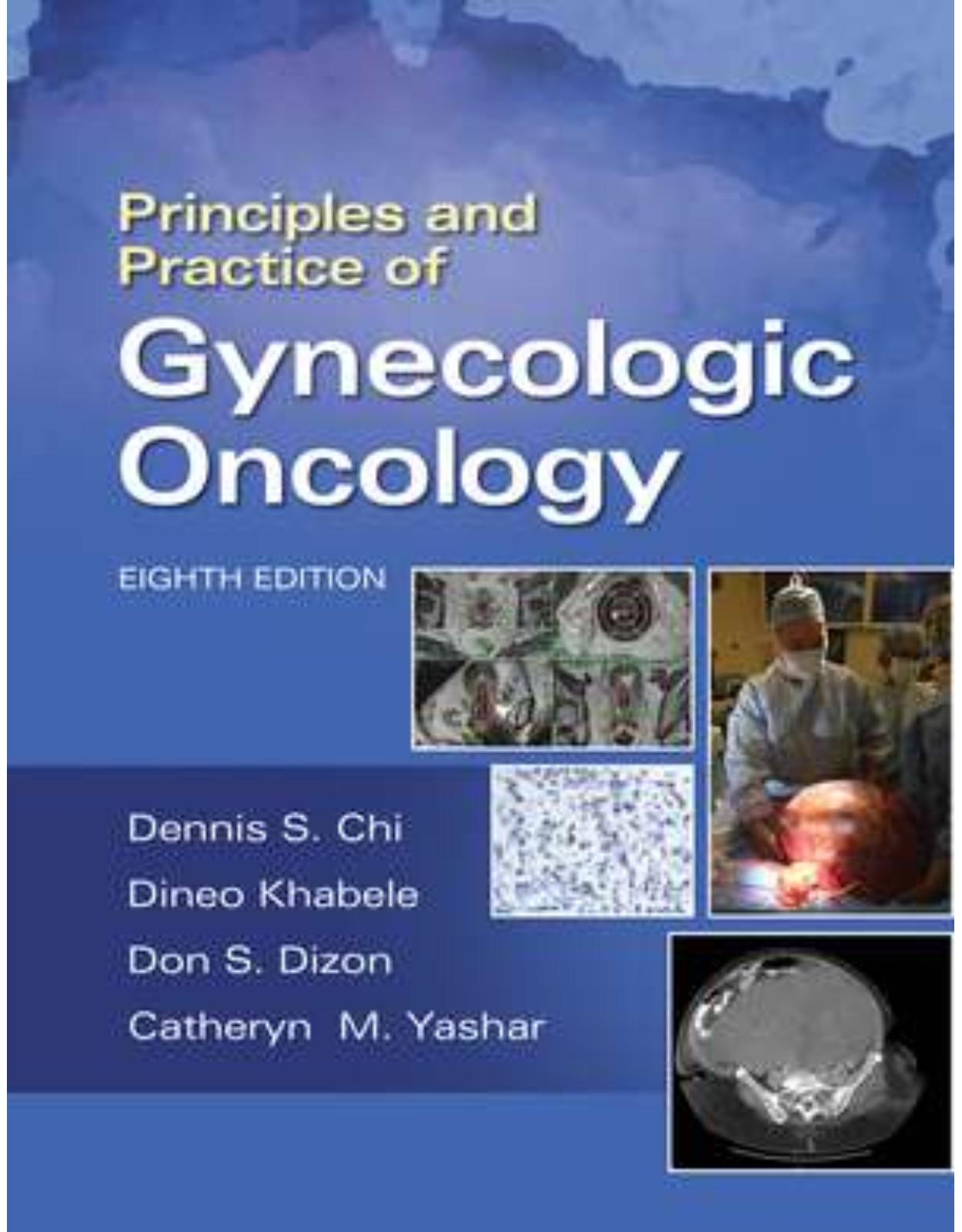
Principles and Practice of Gynecologic Oncology Eighth Edition
Livrare gratis la comenzi peste 500 RON. Pentru celelalte comenzi livrarea este 20 RON.
Disponibilitate: La comanda in aproximativ 4 saptamani
Editura: LWW
Limba: Engleza
Nr. pagini: 1000
Coperta: Hardcover
Dimensiuni:
An aparitie: 9 mar 2024
Completely reorganized to be more clinically focused on diagnosis and treatment, Principles and Practice of Gynecologic Oncology, Eighth Edition, provides the up-to-date information practitioners, researchers, and students need in an easily accessible manner. Drs. Dennis S. Chi, Dineo Khabele, Don S. Dizon, and Catheryn Yashar oversee an expert team of international, multidisciplinary authors who offer practical coverage of the entire field, including new management and treatment strategies for gynecologic cancers. Each disease site now has a dedicated section with individual chapters on epidemiology, pathogenesis, prevention, diagnostic imaging, radiation, chemotherapy, targeted therapy, and more—all designed for quick clinical reference and efficient study.
- Features a multidisciplinary approach to treatment and care including expert views from radiation oncology, pathology, internal medicine, gastroenterology and nutrition, neurology, pharmacy, genetics, and epidemiology, in addition to medical oncology and surgery
- Provides international perspectives in every chapter, offering unique perspectives on incidence, mortality, and treatment worldwide, as well as commentary on similarities and differences in management
- Covers special topics such as perioperative and critical care; surgical procedures; cost-effective and value-based cancer care; pain, nutrition, and palliative care; and a new chapter on supportive care
- Includes access to more than two dozen videos
- Highlights authoritative content with hundreds of high-quality, full-color illustrations and nearly 250 tables for quick reference
Enrich Your Digital Reading Experience - Read directly on your preferred device(s), such as computer, tablet, or smartphone.
- Easily convert to audiobook, powering your content with natural language text-to-speech.
Table of Contents:
SECTION 1: OVERVIEW OF BASIC BIOLOGY
1.1 Overview of Basic Biology
Introduction
Tumor Initiation: Biology of Oncogenes and Tumor Suppressors
Peptide Growth Factors and Receptor Tyrosine Kinases
Deoxyribonucleic Acid Repair
Metastasis
Angiogenesis
Summary
References
SECTION 2: VULVAR CANCER
2.1 Epidemiology of Vulvar Cancer
References
2.2 Vulvar Cancer: Anatomy, Natural History, and Patterns of Spread
Anatomy
Vascular Anatomy and Neurologic Innervation
Groin Anatomy and Lymphatic Drainage
Natural History (Patterns of Spread)
References
2.3 Vulvar Cancer: Etiology, Risk Factors, Genetics, and Molecular Biology
References
2.4 Vulvar Cancer: Preinvasive Disease
References
2.5 Vulvar Cancer: Clinical Presentation, Diagnostic Evaluation, and Workup
Clinical Presentation
Diagnostic Evaluation
Staging
References
2.6 Therapy for Vulvar Cancer: Radiation, Systemic Therapy, and Treatment of Persistent and Recurrent Disease
General Management
High-Grade Vulvar Intraepithelial Neoplasia
Invasive Vulvar Squamous Cell Carcinoma: Management of the Primary Tumor
Invasive Vulvar Squamous Cell Carcinoma: Management of Lymph Nodes
Management of Distant Metastatic Disease
Management of Recurrent Squamous Vulvar Cancers
Management of Nonsquamous Vulvar Cancers
Basal Cell Carcinoma
Adenocarcinoma
Paget Disease
Radiation Therapy
Adjuvant Radiotherapy to the Vulva
Adjuvant Regional Radiotherapy
Preoperative Radiotherapy
Definitive Radiotherapy
Radiation Therapy Technique
Acute Complications of Radiation Therapy
Late Complications of Radiation Therapy
Chemotherapy
Primary Treatment of Advanced Disease
Neoadjuvant Chemotherapy
Systemic Treatment of Metastatic and Recurrent Vulvar Cancer
References
2.7 Surgery for Vulvar Cancer
References
2.8 Vulvar Cancer: Pathology and Prognostic Factors
Pathology
Squamous Cell Carcinomas
Verrucous Carcinoma
Basal Cell Carcinoma
Neuroendocrine and Neuroectodermal Tumors: Merkel Cell Tumors and Peripheral Neuroectodermal Tumor/Extraosseous Ewing Sarcoma
Carcinomas Arising From Bartholin Glands
Vulvar Paget Disease and Paget-Like Lesions
Vulvar Malignant Melanoma
Vulvar Sarcomas
Tumors Metastatic to the Vulva
Prognostic Factors
Presurgery
Postsurgery
References
2.9 Vulvar Cancer: Follow-Up and Survivorship Issues
Results of Therapy
Sequelae of Treatment
References
2.10 Vulvar Cancer: Future Directions
Summary
SECTION 3: VAGINAL CANCER
3.1 Vaginal Anatomy
Patterns of Spread
References
3.2 Vaginal Cancer: Etiology, Epidemiology, Risk Factors, Genetics, and Molecular Biology
Introduction
Vaginal Intraepithelial Neoplasia
Malignant Tumors of the Vagina: Squamous Cell Carcinoma
References
3.3 Symptoms and Diagnosis of Vaginal Intraepithelial Neoplasia and Vaginal Cancer
Vaginal Intraepithelial Neoplasia
Vaginal Carcinoma
Diagnostic Workup
Staging
References
3.4 Surgery for Vaginal Intraepithelial Neoplasia and Vaginal Cancer
Surgery for Invasive Cancer
References
3.5 Prognostic Factors
Prognostic Factors—Vaginal Cancer
References
3.6 Therapeutic Approach for VAIN and Invasive Vaginal Disease
Vaginal Intraepithelial Neoplasia
Vaginal Cancer
References
3.7 Treatment of Persistent and Recurrent Vaginal Cancer
References
3.8 Rare Histologies of Vaginal Cancer
Clear Cell Adenocarcinoma
Epidemiology
Risk Factors
Histopathology
Clinical Presentation
Prognostic Factors
Treatment Options
Other Adenocarcinomas
Melanoma
Treatment Options
Sarcoma
Prognostic Factors
Treatment Options
Outcomes
Lymphoma
Small Cell Carcinoma of the Vagina and Other Rare Histologies
Carcinoma of the Neovagina
History of Prior Pelvic Radiation
References
3.9 Vaginal Cancer: Follow-Up, Survivorship Issues, and Summary
Outcomes
Summary
References
SECTION 4: CERVICAL CANCER
4.1 Cervix Uteri: Epidemiology, Etiology, Risk Factors, Anatomy, Natural History, and Patterns of Spread
Epidemiology
Etiology and Risk Factors
Human Papillomavirus
Uterine Cervix Anatomy
Uterine Cervix Disease Natural History
Preinvasive Disease
Invasive Disease
Metastatic Disease
References
4.2 Genetics and Molecular Biology of Cervical Cancer
References
4.3 Cervical Cancer: Clinical Presentation and Diagnostic Evaluation
Preclinical Invasive Disease
Screening Cytology
Human Papillomavirus Testing
Colposcopy
Conization
Loop Diathermy
Clinical Invasive Disease
Symptoms and Complaints
Physical Findings
Diagnostic Biopsy
Staging
Clinical Staging Procedures
Clinical Laboratory Studies
Clinical Serum Tumor Markers
Clinical Radiographic Studies
Pretreatment Para-Aortic Node Operative Staging
Sentinel Lymph Node Mapping in Early Uterine Cervix Cancer
References
4.4 Surgery for Cervical Cancer
Class I: Extrafascial Hysterectomy
Class II: Modified Radical Hysterectomy
Class III: Radical Hysterectomy
Class IV: Extended Radical Hysterectomy
Class V: Extended Radical Hysterectomy Or Pelvic Exenteration
New Classifications of Radical Hysterectomy
Alternative Operations for Uterine Cervix Cancer
Radical Vaginal Hysterectomy
Radical Trachelectomy
Nerve-Sparing Radical Hysterectomy
Total Pelvic Exenteration
References
4.5 Cervical Cancer: Pathology
Squamous Cell Carcinoma
Preinvasive Disease
Microinvasive Disease
Invasive Disease
Squamous Cell Carcinoma Variants
Papillary Squamous and Transitional Cell Carcinoma
Verrucous Carcinoma
Warty Carcinoma
Lymphoepithelioma-Like Carcinoma
Adenosquamous Carcinoma
Adenocarcinoma
Adenocarcinoma In Situ
Adenocarcinoma
Mucinous Adenocarcinoma
Mucinous Adenocarcinoma, Endocervical Variant
Mucinous Adenocarcinoma, Intestinal Type, Signet-Ring, and Colloid Variants
Mucinous Adenocarcinoma, Minimal Deviation Variant
Mucinous Adenocarcinoma, Well-Differentiated Villoglandular Variant
Adenocarcinoma, Endometrioid Variant
Adenocarcinoma, Clear Cell Variant
Adenocarcinoma, Papillary Serous Variant
Adenocarcinoma, Mesonephric Variant
Adenocarcinoma, Microcystic Endocervical Variant
Glassy Cell Carcinoma
Adenoid Cystic Carcinoma
Adenoid Basal Epithelioma (Carcinoma)
Neuroendocrine Cancers
Small Cell Carcinoma
Mixed Epithelial and Mesenchymal Tumors
Other Malignant Tumors
Uterine Cervix Cancer Prognostic Factors
Surgicopathologic Factors
Lymph Node Factors
Clinical Stage Factors
Histopathology Factors
Hypoxia and Anemia Factors
Uterine Cervix Cancer Biomarkers and Imaging Correlates
References
4.6 Radiation Therapy, Immunotherapy, and Targeted Therapies in Cervix Cancer
Radiation Therapy
External Beam Radiation Therapy
Intensity-Modulated Radiation Therapy for Uterine Cervix Cancer
Extended-Field Radiation Therapy for Uterine Cervix Cancer
Uterine Cervix Brachytherapy
Altered Radiation Fractionation
Total Radiation Therapy Treatment Time
Urgent Palliative Radiation for Uterine Cervix Cancer
Immunotherapy and Targeted Therapy Approaches in Cervical Cancer
Therapeutic Vaccines
Adoptive Cell Therapies
Antibody-Drug Conjugates
Immune Checkpoint Blockade and Combinations
References
4.7 Treatment of Persistent or Recurrent Uterine Cervix Cancer
General Considerations
Radical Surgery for Pelvic Disease After Prior Radiation Therapy
Radical Radiation or Radiochemotherapy for Pelvic Disease After Prior Surgery
Chemotherapy and Biologic Targeted Agents for Persistent or Recurrent Uterine Cervix Cancer
Conclusion
References
4.8 Survivorship Issues Following Treatment for Cervical Cancer
Longer Term Complications Following Surgery-Only Treatment
Complications Following Preoperative Radiation
Long-Term Complications Following Radiation-Only Treatment
Long-Term Complications Following Adjuvant Radiation Therapy
Complications Following Chemoradiation
Thromboembolic Adverse Events
Sexual Dysfunction
Insufficiency Fractures
References
4.9 Cervical Cancer: Future Directions
References
SECTION 5: CORPUS: EPITHELIAL TUMORS
5.1 Endometrial Cancer: Introduction, Anatomy, Natural History, and Patterns of Spread
Introduction
Anatomy
Classification
Molecular Subtypes
Clinical Implications
References
5.2 Endometrial Cancer: Etiology, Epidemiology, Risk Factors, Genetics, and Molecular Biology
Epidemiology and Risk Factors
Protective Factors
Natural History of Disease
References
5.3 Endometrial Cancer: Clinical Presentation, Diagnostic Evaluation, and Workup
Diagnostic Evaluation
Screening
Prevention
Clinical Presentation
Diagnostic Workup
Preoperative Assessment
Evaluation of Metastatic Spread
References
5.4 Surgery for Endometrial Cancer
Introduction
Staging of Disease
Management of Lymph Nodes
Minimally Invasive Surgery
Surgical Management of Intraperitoneal Disease
Surgical Recommendations
References
5.5 Endometrial Cancer: Pathology and Prognostic Factors
Pathologic Factors of Prognostic Significance
Predicting Nodal Disease
Prognostic Factors
Patterns of Failure
Pathology
Hyperplasia
Endometrial Intraepithelial Neoplasia
Simple Hyperplasia
Complex Hyperplasia
Atypical Hyperplasia
Progression From Hyperplasia to Cancer
Pathologic Diagnosis
References
5.6 Therapy for Endometrial Cancer: Radiation, Chemotherapy, Targeted, Immunotherapy, and Other New and Novel Agents
General Management
Results of Standard Therapy and Their Sequelae
Adjuvant Radiation Therapy
Early-Stage Disease
Advanced-Stage Disease
Special Situations
Positive Cytology Without Adnexal or Serosal Involvement
Definitive Radiation for Inoperable Disease
Radiation Therapy Techniques
Intravaginal Brachytherapy
External Beam Radiation
Complications of Radiation
Systemic Therapies
Endometrial Cancer and Cytotoxic Chemotherapy
Endocrine Therapy
Cytotoxic Chemotherapy
Targeted Therapy
The PI3K/AKT/Mammalian Target of Rapamycin Pathway
Angiogenesis
Vascular Endothelial Growth Factor Receptor Ligand
Vascular Endothelial Growth Factor Receptor Inhibitors
Mismatch Repair
Role of Immunotherapy in the Management of Patients With Endometrial Cancer
HER2/neu
WEE1 Inhibitors
The Poly (Adenosine Diphosphate Ribose) Polymerase
References
5.7 Treatment of Persistent and Recurrent Endometrial Cancer
Management of Patients With Serous, Clear Cell Histology
References
5.8 Endometrial Cancer: Special Conditions
Fertility-Sparing Treatment
Medical Management
Pregnancy Outcomes
Ovarian Preservation
References
5.9 Endometrial Cancer: Follow-Up and Survivorship Issues
Surveillance
Survivorship Issues
Sexual Health
Survivorship Considerations for Young Women
References
5.10 Endometrial Cancer: Future Directions
Summary
References
SECTION 6: CORPUS: MESENCHYMAL TUMORS
6.1 Mesenchymal Tumors: Introduction, Anatomy, Natural History, and Patterns of Spread
Introduction
Anatomy
Natural History
Patterns of Spread
References
6.2 Mesenchymal Tumors: Etiology, Epidemiology, and Risk Factors
Histologic Distribution
Age Distribution
Racial Distribution
Risk Factors
Prior Radiation Exposure
Hormone Exposure and Obesity
Tamoxifen Use
Hereditary Predisposition
References
6.3 Mesenchymal Tumors: Clinical Presentation and Diagnostic Evaluation and Workup
Clinical Presentation
Presenting Symptoms and Signs
Diagnostic Evaluation/Workup
Physical Examination and Preoperative Imaging
Tumor Markers
Endometrial Sampling
References
6.4 Surgery for Newly Diagnosed Uterine Corpus Mesenchymal Tumors
Surgery for Newly Diagnosed Patients
Preoperative or Intraoperative Diagnosis
Preoperative Workup
Resectable Disease
Uterine Preservation
Role of Nodal Evaluation or Lymphadenectomy
Role of Oophorectomy
Cytoreductive Surgery for Patients With Extrauterine Disease at Initial Diagnosis
Postoperative Diagnosis
Uterine Morcellation
References
6.5 Pathology of Uterine Mesenchymal Tumors
Introduction
Overview of Molecular Landscape of Uterine Mesenchymal Tumors
Leiomyosarcomas and Other Smooth Muscle Tumors
Benign Metastasizing Leiomyoma
Endometrial Stromal Neoplasms
Stromal Nodule
Low-Grade Endometrial Stromal Sarcoma
High-Grade Endometrial Stromal Sarcoma
Undifferentiated Uterine Sarcomas
Müllerian Adenosarcoma
Uterine Tumor Resembling Ovarian Sex Cord Tumor
Perivascular Epithelioid Cell Tumors
Inflammatory Myofibroblastic Tumor
Other Rare Uterine Sarcomas
References
6.6 Radiation Therapy for Uterine Corpus Mesenchymal Tumors
Uterine Sarcomas
References
6.7 Chemotherapy for Uterine-Limited and Advanced Uterine Sarcomas
Introduction
Limited or Completely Resected Disease
Uterine Leiomyosarcoma
Low-Grade Endometrial Stromal Sarcoma
Adenosarcoma
Rhabdomyosarcomas
Neoadjuvant Chemotherapy
Chemotherapy for Metastatic Disease
Single-Agent Therapies
Combination Therapy
Endometrial Stromal Sarcoma
High-Grade Undifferentiated Endometrial Sarcoma
Toxicity of Systemic Therapies
Systemic Therapy: Summary
Hormonal, Targeted, Immunotherapy, and Other, New, and Novel
Hormonal Therapy
Endometrial Stromal Sarcoma
Metastatic/Recurrent Endometrial Stromal Sarcoma
Other Uterine Sarcomas
Biologic and Targeted Therapy
Angiogenesis Inhibitors
Tyrosine Kinase Inhibitors
PI3K/AKT/mTOR Pathway
Targeted Therapy for Tumor Genomic Alterations
Immunotherapy
Soft-Tissue Sarcoma
Leiomyosarcoma
Novel Agents
Hormonal, Targeted, Immunotherapy, and Other, New, and Novel Therapy: Summary
References
6.8 Surgery for Persistent and Recurrent Uterine Sarcomas
Surgery for Recurrent Disease
References
6.9 Uterine Sarcomas: Follow-Up, Survivorship Issues, and Future Directions
Surveillance Recommendations
Menopause Symptom Management
Future Directions
References
SECTION 7: GESTATIONAL TROPHOBLASTIC DISEASE: MOLAR PREGNANCY AND GESTATIONAL TROPHOBLASTIC NEOPLASIA
7.1 Epidemiology, Genetics, and Pathology in Gestational Trophoblastic Disease
Introduction
Epidemiology
Genetics
Pathology
References
7.2 Management of Molar Pregnancy
Introduction
Patient Assessment
Initial Management
Postmolar Surveillance
Contraception During Human Chorionic Gonadotropin Surveillance
References
7.3 Management of Low-Risk Gestational Trophoblastic Neoplasia
Gestational Trophoblastic Neoplasia
Diagnosis of Gestational Trophoblastic Neoplasia
Human Chorionic Gonadotropin
Staging of Gestational Trophoblastic Neoplasia
Treatment for Low-Risk Gestational Trophoblastic Neoplasia
Consolidation
References
7.4 Management of High-Risk Gestational Trophoblastic Neoplasia
High-Risk Gestational Trophoblastic Neoplasia
Ultrahigh-Risk Gestational Trophoblastic Neoplasia
Patients With Brain Metastases
Chemoresistance or Relapsed Disease
Placental Site Trophoblastic Tumor and Epithelioid Trophoblastic Tumor
Localized Disease
Metastatic Disease
References
7.5 Gestational Trophoblastic Disease: Postdiagnosis and Treatment, Long-Term Sequelae, and Quality-of-Life Issues
Introduction
Future Fertility
Secondary Malignancies
Relationship Issues/Sexual Function
References
SECTION 8: EPITHELIAL OVARIAN CANCER
8.1 Epidemiology and Risk Factors
Epidemiology
Weight/Body Mass Index
Reproductive Factors: Menstrual Cycles, Pregnancy, Breastfeeding, and Infertility
Contraceptives and Ovarian Cancer Risk Reduction
Conclusions
References
8.2 Hereditary Ovarian Cancer: BRCA and HNPCC—Panel Testing
Biology of BRCA-Associated Ovarian Cancer
Clinical Features of BRCA-Associated Ovarian Cancer
Gene Panel Testing of Germline DNA and Counseling
Follow-up of BRCA1/2-Positive Patients Who Do Not Want to Undergo Risk-Reducing Salpingo-Oophorectomy
Prophylactic Risk-Reducing Salpingo-Oophorectomy for Prevention of BRCA-Associated Ovarian Cancer
Indications for Surgery for BRCA1/2 Mutations
Surgery: Risk-Reducing Salpingo-Oophorectomy
Postoperative Results
Pathology and Prognosis after Risk-Reducing Salpingo-Oophorectomy Specimens
Biology and Clinical Features of Lynch Syndrome–Associated Ovarian Cancers
Prophylactic Surgery for Prevention of Lynch Syndrome–Associated Cancers
References
8.3 Natural History of the Disease: Patterns of Spread
Mucinous, Clear Cell, and Endometrioid Ovarian Cancer
Serous Papillary Ovarian Cancer
Lymph Node Metastasis
Recurrent Ovarian Cancer
References
8.4 Ovarian Cancer: Etiology, Genetics, and Molecular Biology
Ovarian Cancer Etiology
Ovarian Cancer Genetics and Genomics
High-Grade Serous Ovarian Cancer
Gene Expression
The Role of the Tumor Microenvironment as an Integral Part of the Tumor Organ
Endometrioid and Clear Cell Ovarian Cancers
Synchronous Endometrioid Ovarian and Endometrial Cancers
Borderline and Invasive Low-Grade Serous Ovarian Cancers
Mucinous Ovarian Cancer
Future Directions
References
8.5 Ovarian Cancer: Clinical Presentation and Diagnostic Workup
Clinical Presentation of Patients With A Benign Adnexal Mass or Early-Stage Ovarian Cancer
Clinical Presentation of Patients With Advanced Ovarian Cancer
Diagnosis of Ovarian Cancer
Clinical Examination
Laboratory Tests
The CA-125 Tumor Marker
The HE4 Tumor Marker
OVA1
Other Markers That May Assist With the Differential of an Adnexal Mass
DNA Methylation Profile
Carcinoembryonic Antigen
Imaging of Adnexal Masses and Early Ovarian Cancer: Ultrasound and Magnetic Resonance Imaging
Imaging of Advanced Ovarian Cancer: Computed Tomography, Positron Emission Tomography Scan, and Magnetic Resonance Imaging
Differential Diagnosis of Ovarian Cancer
References
8.6 Surgery for Ovarian Cancer
Introduction and definitions
Early-Stage Ovarian Cancer
The Role of Lymph Node Dissection in Early and Advanced Ovarian Cancer
Advanced Epithelial Ovarian Cancer: Rationale for Surgical Debulking
Surgical Debulking—Pelvic and Upper Abdominal Procedures
Role of Lymph Node Dissection in Surgery for Advanced Ovarian Cancer
Neoadjuvant Chemotherapy
Hyperthermic Intraperitoneal Chemotherapy
Summary of Primary Debulking Surgery for Ovarian Cancer
Interval Debulking for Suboptimally Debulked Patients
Secondary Cytoreductive Surgery for Recurrent Disease
Palliative Surgery Including Surgery for Malignant Bowel Obstruction
Fluorescence-Guided Surgery
References
8.7 Ovarian Cancer: Pathology
Classification
Intraoperative Consultation (Frozen Section)
College of American Pathologists, 2020 World Health Organization, and International Collaboration on Cancer Reporting Guidelines
Recommendations for Reporting
Recommendations Regarding Gross Examination
Recent Changes in Classification and Terminology
Cytopathology
Borderline Tumors
Primary Versus Metastatic Ovarian Carcinomas
Mucinous Metastases
Mucinous Tumors Associated With Pseudomyxoma Peritonei
Nonmucinous Metastases
Serous Tumors
Benign Serous Cystadenoma and Adenofibroma
Serous Borderline Tumor
Low-Grade Serous Carcinoma
High-Grade Serous Carcinoma of Ovarian, Tubal, and Peritoneal Origin
Mucinous Tumors
Mucinous Cystadenoma and Adenofibroma
Mucinous Borderline Tumor
Mucinous Carcinoma
Mural Nodules in Mucinous Tumors
Endometrioid Tumors
Benign Endometrioid Adenofibromas
Endometrioid Borderline Tumors
Endometrioid Carcinoma
Endometrioid Carcinoma Associated With Uterine Endometrial Carcinoma
Seromucinous Tumors
Seromucinous Cystadenoma and Adenofibroma
Seromucinous Borderline Tumor
Clear Cell Ovarian Tumors
Clear Cell Cystadenomas/Adenofibromas and Clear Cell Borderline Tumors
Clear Cell Carcinomas
Brenner Tumors
Benign Brenner Tumor
Borderline Brenner Tumors
Malignant Brenner Tumors
Mixed Epithelial Ovarian Tumors
Carcinosarcoma
Mesonephric-Like Adenocarcinoma
Other Ovarian Tumors
Undifferentiated and Dedifferentiated Carcinoma
Small Cell Carcinoma of the Ovary, Hypercalcemic Type
Tumors of the Fallopian Tubes
Benign Fallopian Tube Tumors
Malignant Fallopian Tube Tumors
References
8.8 Epithelial Ovarian Cancer: Prognostic Factors
Tumor Stage
Age
Prognostic Variables in Early-Stage Disease
Histologic Subtype
Grade
CA-125 Levels in Early-Stage Disease
Prognostic Variables in Stage III/IV Disease
Volume of Residual Disease After Surgery
Histologic Subtype and Grade in Advanced Disease
CA-125 Levels in Advanced Disease
Other Prognostic Factors
Long-Term Survivors
References
8.9 Management of Early-Stage Ovarian Cancer
Management of Early-Stage (I and II) Ovarian Cancer
Surgical Therapy for Early-Stage Ovarian Carcinoma
Postoperative Therapy for Stage I Ovarian Carcinoma
Chemotherapy for Early-Stage High-Grade Serous Cancers
Early-Stage Fallopian Tube Carcinomas and Serous Tubal Intraepithelial Carcinomas
References
8.10 Management of Borderline Tumors and Low-Grade Serous Tumors
Early-Stage Borderline Tumors
Surgery
Prognosis and Therapy of Early-Stage Serous and Mucinous Borderline Tumors
Advanced-Stage Serous Borderline Tumors
Surgery
Prognosis and Adjuvant Systemic Therapy
Therapy for Advanced-Stage Low-Grade Serous Cancers and Invasive Recurrences of Serous Borderline Tumors
References
8.11 Management of Advanced-Stage Ovarian Cancer
Surgery
Chemotherapy
Platinum Use
Addition of Paclitaxel to Platinum Chemotherapy
Alternate Paclitaxel Dosing
Alternate Taxanes
Addition of a Third Cytotoxic Agent to Frontline Chemotherapy
Substitution of an Alternate Cytotoxic Agent for Paclitaxel
Addition of Bevacizumab to Primary Chemotherapy
Intraperitoneal Chemotherapy
Clinical Use of Intraperitoneal Therapy for Ovarian Cancer
Consolidation/Maintenance
Consolidative/Maintenance Chemotherapy
Maintenance With Poly(ADP-Ribose) Polymerase Inhibitors
Maintenance with Immune Checkpoint Inhibitors
References
8.12 Approach to Advanced and Recurrent Clear Cell, Mucinous, or Endometrioid Cancer
Treatment Considerations for Advanced or Recurrent Clear Cell, Mucinous, and Endometrioid Ovarian Cancer
Endometrioid Ovarian Cancer
Clear Cell Ovarian Carcinoma
Mucinous Ovarian Tumors
References
8.13 Treatment of Ovarian Carcinosarcoma
Ovarian Carcinosarcoma
References
8.14 Ovarian Cancer: Survivorship Issues
Survivorship After a Diagnosis of Ovarian Cancer
Follow-up of Patients in Remission
Uses of CA-125 During Ovarian Cancer Treatment
References
8.15 Treatment of Persistent and Recurrent Ovarian Cancer and Palliative Care
Treatment of Persistent/Recurrent Disease
Timing of Treatment Initiation
Secondary Cytoreductive Surgery
Second-Line Chemotherapy
References
8.16 New Therapeutics
Antibody-Drug Conjugates
Cell Cycle Checkpoint Kinase Inhibitors
GAS6/AXL Pathway
Immunologic Therapies
References
SECTION 9: OVARIAN GERM CELL TUMORS
9.1 Ovarian Germ Cell Tumors: Introduction, Anatomy, Natural History, and Patterns of Spread
Introduction
Anatomy
Natural History
Patterns of Spread
References
9.2 Malignant Ovarian Germ Cell Tumors: Etiology, Epidemiology, Risk Factors, Genetics, and Molecular Biology
Etiology
Epidemiology and Risk Factors
Genetics
Molecular Biology
References
9.3 Ovarian Germ Cell Tumors: Clinical Presentation and Diagnostic Evaluation and Workup
Clinical Presentation
Diagnostic Evaluation/Workup
Biologic Markers
Imaging
References
9.4 Surgery for Ovarian Germ Cell Tumors
Goal of Primary Surgery
Operative Findings
Route of Primary Surgery
Extent of Primary Surgery and Surgical Staging
Primary Surgery
Extent of Surgical Staging
Bilateral Ovarian Involvement
Cytoreductive Surgery
Fertility Preservation
Managing the Unstaged Patient
Second-Look Surgery
Secondary Cytoreduction
Differences in Pediatric and Adult Paradigms
References
9.5 Ovarian Germ Cell Tumors: Pathology and Prognostic Factors
Pathology
Teratomas
Dysgerminoma
Yolk Sac Tumor
Embryonal Carcinoma
Choriocarcinoma
Mixed Germ Cell Tumors
References
9.6 Therapy for Ovarian Germ Cell Tumors: Radiation, Chemotherapy, Targeted Therapy, Immunotherapy, and Other New and Novel Agents
Evolution of Chemotherapy
Immediate Toxicity of Chemotherapy
Sequelae of Chemotherapy
Previous Use of Radiation Therapy in Dysgerminoma
Sequelae of Radiation Therapy
Adjuvant Treatment by Risk and Histology
Dysgerminoma
Nondysgerminoma
Immature Teratoma
Targeted Therapy, Immunotherapy, and Other New and Novel Agents
References
9.7 Treatment of Persistent and Recurrent Ovarian Germ Cell Tumors
Management of Residual or Recurrent Disease
Targeted Therapy, Immunotherapy, and Other New and Novel Agents
References
9.8 Ovarian Germ Cell Tumors: Special Conditions
Gliomatosis Peritonei
Growing Teratoma Syndrome
References
9.9 Ovarian Germ Cell Tumors: Follow-Up and Survivorship Issues
Survivorship
Neurotoxicity
Ototoxicity
Raynaud Phenomenon
Cardiovascular Disease and Metabolic Syndrome
Second Cancers
Gonadal Function and Fertility
Subsequent Ovarian Cysts
Quality of Life
References
9.10 Ovarian Germ Cell Tumors: Future Directions
Surgery and Staging
Molecular Testing
Adjuvant Therapy
Surveillance
Strategies for Research
References
SECTION 10: OVARIAN SEX CORD-STROMAL TUMORS
10.1 Ovarian Sex Cord-Stromal Tumors: Introduction, Anatomy, Natural History, and Patterns of Spread
Introduction
References
10.2 Ovarian Sex Cord-Stromal Tumors: Etiology, Epidemiology, Risk Factors, Genetics, and Molecular Biology
Incidence and Mortality
Etiology and Risk Factors
Genetics
Molecular Biology
References
10.3 Ovarian Sex Cord-Stromal Tumors: Clinical Presentation, Diagnostic Evaluation, and Workup
Clinical Presentation
Evaluation/Workup
Tumor Markers
References
10.4 Surgery for Ovarian Sex Cord-Stromal Tumors
References
10.5 Ovarian Sex Cord-Stromal Tumors: Pathology and Prognostic Factors
Introduction
Adult Granulosa Cell Tumor
Juvenile Granulosa Cell Tumor
Fibroma
Sertoli Cell Tumor
Sertoli-Leydig Cell Tumor
Sex Cord Tumor With Annular Tubules
Leydig Cell Tumors
Steroid Cell Tumor, Not Otherwise Specified
References
10.6 Therapy for Ovarian Sex Cord-Stromal Tumors: Radiation, Chemotherapy, Targeted Therapy, Immunotherapy, and Other New and Novel Agents
Chemotherapy—Adjuvant Treatment
Chemotherapy—Advanced-Stage Disease
Radiation
References
10.7 Treatment of Persistent or Recurrent Sex Cord-Stromal Tumors
Secondary Cytoreductive Surgery
Chemotherapy
Endocrine Therapy
Angiogenesis Inhibitors
Other Agents
References
10.8 Ovarian Sex Cord-Stromal Tumors: Special Conditions
References
10.9 Ovarian Sex Cord-Stromal Tumors: Follow-Up and Survivorship Issues
References
10.10 Ovarian Sex Cord-Stromal Tumors: Future Directions
Introduction
Gaps in Knowledge
Molecular Insights
Genetic Model Systems
Clinical Trials
References
SECTION 11: BREAST CANCER
11.1 Breast Cancer: Introduction
11.2 Breast Cancer: Epidemiology, Risk Factors, Anatomy, and Natural History
Epidemiology
Risk Factors
Anatomy
Natural History of Breast Cancer
References
11.3 Breast Cancer: Clinical Presentation
Introduction
Physical Examination
Staging
References
11.4 Breast Imaging
Screening Guidelines
Mammography and Digital Breast Tomosynthesis
Mammography Regulations and Reporting
Breast Ultrasound
Breast Magnetic Resonance Imaging
Screening Breast Magnetic Resonance Imaging
Magnetic Resonance Imaging for the Preoperative Evaluation of Breast Cancer
Breast Magnetic Resonance Imaging: Other Roles
Emerging Modalities in Breast Imaging
References
11.5 Breast Pathology
Benign Epithelial Changes
Carcinoma in Situ
Ductal Carcinoma in Situ
Paget Disease of the Nipple
Lobular Carcinoma In Situ
Invasive Breast Carcinoma
Special Types
Invasive Lobular Carcinoma
Tubular Carcinoma
Cribriform Carcinoma
Mucinous Carcinoma
Papillary Carcinoma
Invasive Micropapillary Carcinoma
Carcinoma With Apocrine Differentiation
Secretory Carcinoma
Other Tumors
Fibroepithelial Lesions
Metaplastic Carcinoma
Inflammatory Carcinoma
Angiosarcoma
Breast Cancer Biomarkers
Hormonal Receptors
HER2
Ki-67
Other Markers
PD-L1 Expression
Genomic Studies and Breast Cancer Subtypes
Conclusion
References
11.6 Surgical Management of the Breast
In Situ Disease
Early Invasive Disease
Locally Advanced Breast Cancer
Surgery for Inflammatory Breast Cancer
Oncoplastic Breast Surgery
Aesthetic Flat Closure and Contralateral Prophylactic Mastectomy
Palliative Mastectomy
References
11.7 Surgical Management of the Axilla
Management of the Clinically and Pathologically Negative Axilla
Management of Clinically Node-Negative, SLN+ Patient
Role of Sentinel Node Biopsy Following Neoadjuvant Systemic Therapy for Node-Positive Patients
Inflammatory Breast Cancer
Sentinel Node Biopsy in Patients With Ductal Carcinoma In Situ
Patients With Ductal Carcinoma In Situ Undergoing Contralateral Prophylactic Mastectomy
Sentinel Node Biopsy in Older Patients: The Choosing Wisely Campaign
Technique of Axillary Lymph Node Dissection
Sentinel Lymph Node Biopsy
Future Directions on Lymphatic Surgery
References
11.8 Endocrine Therapy for Breast Cancer
Endocrine Therapy for Newly Diagnosed Hormone Receptor–Positive Disease
Omitting Chemotherapy for People With HR+ Disease: Role of Genomic Expression Profiling
Agents and the Duration of Treatment in the Adjuvant Setting
Ovarian Ablation or Suppression
Cyclin-Dependent Kinase Inhibitors
Neoadjuvant Endocrine Therapy
Endocrine Therapy for Risk Reduction
References
11.9 Approaches to Systemic Therapy for Breast Cancer: Neoadjuvant and Adjuvant Management
Neoadjuvant Chemotherapy
Evaluating Response to Neoadjuvant Chemotherapy
Neoadjuvant Chemotherapy Considerations
Chemotherapy Regimens
HER2-Negative Disease (HR+ or Triple-Negative Breast Cancer)
HER2-Positive Disease
References
11.10 Radiation Therapy for Breast Cancer
Breast-Conserving Therapy
Postmastectomy Radiation Therapy
Radiation Therapy to the Regional Lymph Nodes
Radiation Therapy After Neoadjuvant Chemotherapy and Surgery
Radiation Therapy for in Situ Breast Disease
De-Escalation of Radiation Therapy
Hypofractionation
Partial Breast Irradiation
Omission of Radiation Therapy
Radiation Therapy: Other Indications
Radiation Therapy Techniques
Intact Breast
Chest Wall
Regional Lymphatics
Accelerated Partial Breast Irradiation
References
11.11 Multidisciplinary Approach to Breast Cancer Care
11.12 Systemic Treatment for Metastatic Breast Cancer
The Role of Chemotherapy and Systemic Agents
HER2-Directed Therapy
Endocrine Therapy in Metastatic Breast Cancer
Duration of Treatment in Metastatic Disease
References
11.13 Breast Cancer in the Older Patient
Adjuvant Chemotherapy
Adjuvant Endocrine Therapy
Surgical Management and Radiation Oncology in the Older Patient
References
11.14 Pregnancy-Associated Breast Cancer
Background and Epidemiology of Pregnancy-Associated Breast Cancer
Risk Factors for Pregnancy-Associated Breast Cancer
Diagnosis/Imaging
Treatment Approach to Pregnancy-Associated Breast Cancer
Anesthesia and Surgery
Radiation Therapy
Systemic Therapy
Outcomes for Patients With Pregnancy-Associated Breast Cancer
Pregnancy After Breast Cancer Treatment
References
11.15 Breast Cancer: Survivorship Issues
Surveillance
Psychosocial Issues
Lifestyle Changes
Side Effects from Endocrine Therapy
Bone Health
Cardiovascular Health
Fatigue
Pain and Neuropathy
Lymphedema
Cancer-Related Cognitive Decline
Molecular-Targeted Therapies
Fertility
Models of Care
References
SECTION 12: SPECIAL TOPICS
12.1 Clinical Trials Methodology and Analysis
Classification of Study Designs
Components of a Clinical Trial
Objectives
End Points
Eligibility Criteria
Phases of Therapeutic Intervention Trials
Phase 1 Trials
Phase 2 Trials
Phase 3 Trials
Efficacy Trials
Equivalency Trials
Noninferiority Trials
Randomized Trials
Randomization Techniques
Trials With Historical Controls
Factorial Designs
Hypothesis Test
P-Value
Multiple Comparison Control for Clinical Trials
Translational Research
Biospecimen Collection
Biomarker Development Process
Publicly Available Data
Developing Translational Research Studies and Reporting Results
Clinical Trials Involving Targeted Therapies
Conclusion
Acknowledgments
References
12.2 Cost-Effective and Value-Based Gynecologic Cancer Care
Overview of Cost, Quality, and Value in Health Care
Cost and Comparative Effectiveness
Summary
Defining and Measuring Value in Oncology
Status Quo Measurement of Value in Health Care
Proposed Methods of Value Measurement in Oncology Care
Financial Toxicity—Costs From the Patient Perspective
Conclusions—Value in Health Care
Principals of Health Economic Analyses
Cost-effectiveness Analyses
Cost-minimization Analyses
Cost-utility Analyses
Methods for Development of a Health Economic Decision Model
Input Development for Health Economic Models
Estimation of Costs
Modeling Effectiveness
Modeling Quality of Life
Modeling Approaches to Reducing Mortality From Gynecologic Cancers
Modeling the Natural History of Cancer
Simulation of Interventions
Cervical Cancer
Questions Addressed by Cervical Cancer Models
Ovarian Cancer
Cost-Effectiveness of Therapeutics in Gynecologic Cancers
Ovarian Cancer
Cervical Cancer
Endometrial Cancer
Chapter Summary
Key Points
References
12.3 Perioperative and Critical Care
Introduction
Preoperative Risk Assessment
Initial Preoperative Evaluation
Cardiac Risk Assessment
Perioperative 𝛃-Blockade
Pulmonary Risk Assessment
Endocrinologic Risk Assessment
Diabetes
Thyroid Disorders
Adrenal Suppression
Renal Risk Assessment
Chronic Kidney Disease
Dialysis Patients
Hepatic Risk Assessment
Preoperative Nutritional Assessment
Preparation for Surgery
Enhanced Recovery After Surgery
Medication Management
Blood Banking
Bowel Preparation and Preoperative Fasting
Antibiotic Prophylaxis
Skin Preparation
Perioperative Venous Thromboembolism Prophylaxis
Frailty
Critical Care and Postoperative Management
Cardiovascular Issues
Pulmonary Issues
Mode
Fluid and Electrolyte Issues
Postoperative Nutritional Issues
Renal Issues
Shock
Infectious Disease Issues
End-of-Life Considerations
Gastrointestinal
References
12.4 Nutrition Support of Patients With Gynecologic Cancer
Introduction
Nutritional Assessment
Anthropometric and Biochemical Markers
Prevalence of Malnutrition
Significance of Malnutrition
Etiology of Malnutrition
Impaired Food Intake and Malabsorption
Metabolic Derangements
Nutritional Therapies
Total Parenteral Nutrition
Enteral Nutrition
Oral Dietary Therapy
Pharmacologic Agents
Ethical Considerations
References
12.5 Management of Pain
Introduction
Assessment of Cancer Pain
Evaluation of the Pain Complaint
Etiology
Pathophysiology
Pain Syndromes
Management of Acute Pain
Preemptive Analgesia
Systemic Opioid Therapy
Co-analgesic Therapy
Wound Infiltration
Regional Anesthetic Techniques
Neuraxial Analgesia
Other Approaches
Management of Chronic Cancer Pain
Pain, Illness Burden, and Palliative Care
Role of Primary Therapies in Pain Management
Analgesics Approaches: Pharmacologic Management
Nonopioid Analgesics
Opioid Analgesics
Routes of Administration
Guidelines for the Administration of Opioid Drugs
Management of Common Opioid Side Effects
Opioid Abuse and Addiction
Adjuvant Analgesics
Other Approaches for Chronic Pain Management
Interventional Approaches
Neuromodulation Approaches
Rehabilitative Approaches
Surgical Neuroablative Approaches
Psychological Approaches
Integrative Medicine Approaches
Conclusion
References
12.6 Palliative and Supportive Care
Introduction
Systems of Palliative Care Delivery: Specialized Palliative Care, Primary Palliative Care, and Hospice Care
Specialty Palliative Care
Primary Palliative Care
Hospice Care
Primary Palliative Care for the Gynecologic Oncologist
Symptom Management
Communication
Caregiver Needs
Quality of Life
Scales and Measures
Quality of Care at the End of Life
Quality of Life as a Clinical Trial End Point
Barriers to the Use of Palliative Care in Gynecologic Oncology
Lack of Specialty Palliative Care Services
Poor Reimbursement
Misconceptions About Palliative Care
Improving Palliative Care for Women With Gynecologic Cancers
Education
Partnering With Specialty Palliative Care
Conclusion
References
12.7 Hereditary Cancer Genetics
Introduction
Background and Associated Cancer Risks
Ovarian Cancer
Endometrial Cancer and Hereditary Cancer Syndromes
Management of Cancer Probands
Epithelial Ovarian Cancer
Implications of a Germline Ovarian Cancer Predisposition Gene Mutation in a Patient With Ovarian Cancer
Endometrial Cancer and Lynch Syndrome
Other Hereditary Syndromes Associated With a Gynecologic Malignancy
Li-Fraumeni
Cowden
Peutz-Jeghers
Identification and Management of High-Risk Mutation Carriers
Population Screening, Cascade Testing, and Traceback Testing
Cascade Testing Barriers and Facilitators
Solutions
Future Directions/Prevention as Cancer Care
References
12.8 Biologic and Physical Principles of Radiation Oncology
Radiation Oncology as a Specialty
Introduction to Radiobiology
Interaction of Ionizing Radiation With Tissue and DNA Damage
Ionizing Radiation–Induced Cell Death
Cell Survival Curves and Tumor Control Probability
Factors Influencing Tissue Sensitivity to Radiation Therapy
Combining Radiotherapy With Systemic Therapies
Introduction to Radiation Physics
Units Used in Radiation and Radiation Therapy
Radiation Production
Radionuclides
Linear Accelerators
Simulation
Computerized Dosimetry
Brachytherapy Principles
Radiation Protection
Clinical Applications
Historical Background
External Beam Irradiation for Gynecologic Cancers
Cervical and Vaginal Cancers
Midline Blocks
Parametrial/Nodal Boosting in Cervical Cancer
Endometrial Cancer
Extended-Field Irradiation
Pelvic and Inguinal Irradiation
Oligometastatic Gynecologic Cancer
Brachytherapy Systems for the Treatment of Cervical Cancer
The Manchester System
The Fletcher (M.D. Anderson) System
Point A Redefined
Limitations of Brachytherapy Systems: Point A
Limitations of Brachytherapy Systems: mg-hr Systems
Contemporary Dose Specification for Cervical Cancer
Importance of Brachytherapy in Cervical Cancer
Brachytherapy Applicators
Intracavitary Applicators: Cervical Cancer
Low-Dose Rate
Importance of Optimal Applicator Placement
Interstitial Applicators: Cervical and Vaginal Cancers—Low-Dose Rate and High-Dose Rate
High-Dose Rate Brachytherapy for Cervical Cancer
Conversion From Low-Dose Rate to High-Dose Rate
High-Dose Rate Applicators
High-Dose Rate Treatment Planning
High-Dose Rate Dosimetry Generation
Dose-Fractionation Schemes
Sequencing of External Beam Radiation With Brachytherapy
Brachytherapy for Endometrial Cancer
Radiation-Induced Tissue Effects
Skin
Bone Marrow/Pelvic Bones
Liver
Kidney
Ovaries
Vagina
Stomach, Small and Large Intestines
Bladder/Ureters/Urethra
Bladder and Rectosigmoid—Low-Dose Rate
Bladder and Rectosigmoid—High-Dose Rate
Future Focus
References
Index
| An aparitie | 9 mar 2024 |
| Autor | DENNIS CHI, Andrew Berchuck, Don S. Dizon MD, Catheryn M. Yashar MD |
| Editura | LWW |
| Format | Hardcover |
| ISBN | 9781975183271 |
| Limba | Engleza |
| Nr pag | 1000 |

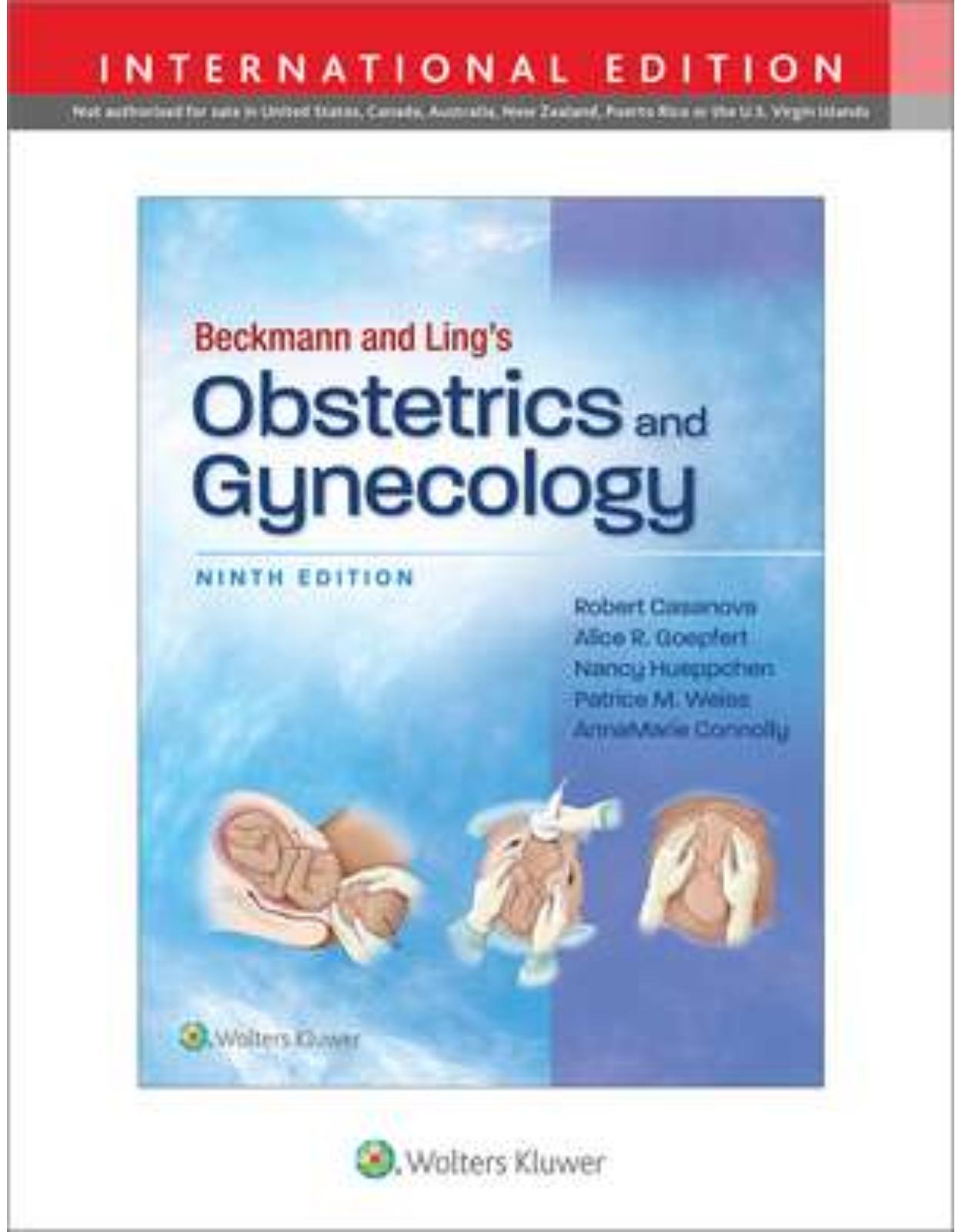
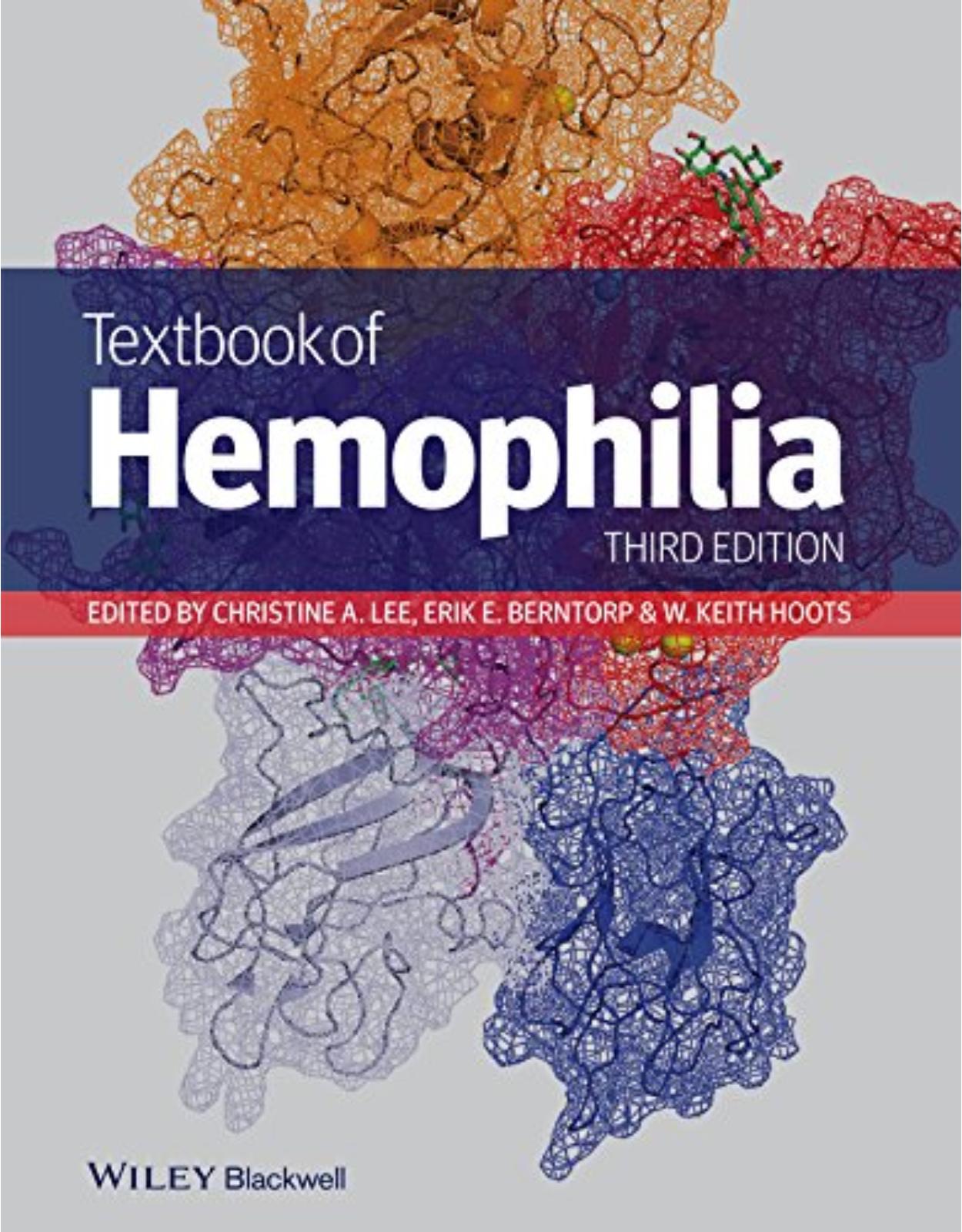

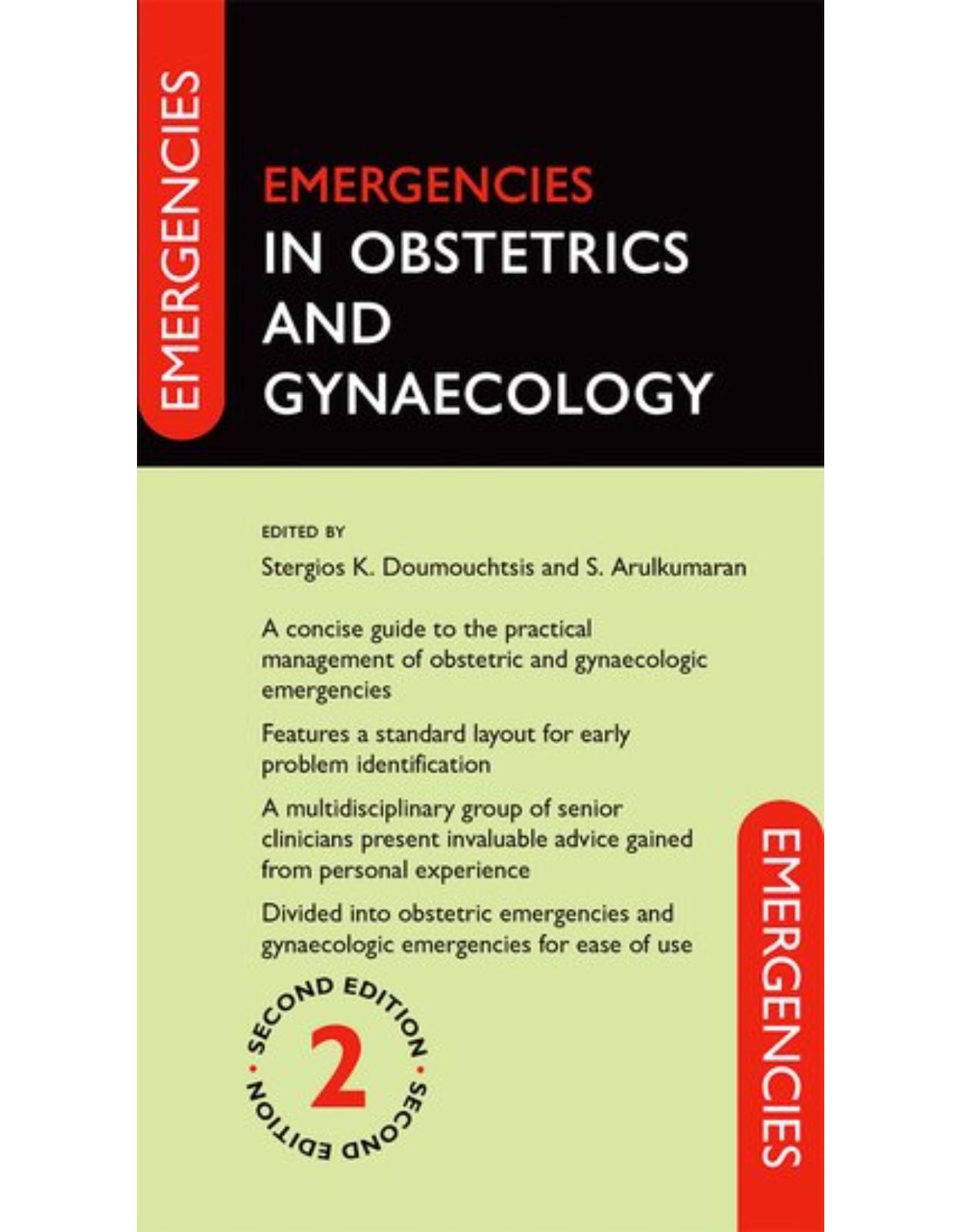
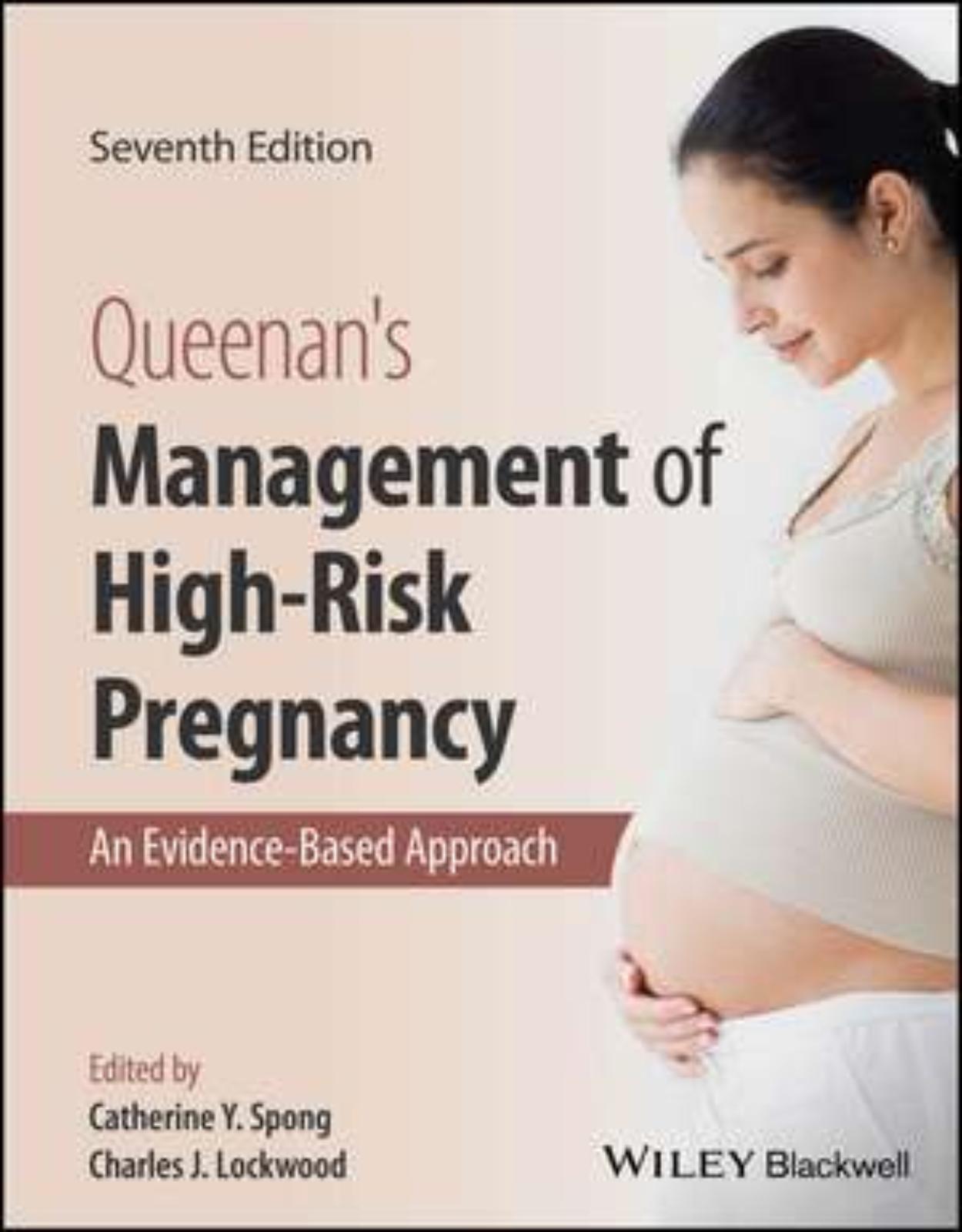
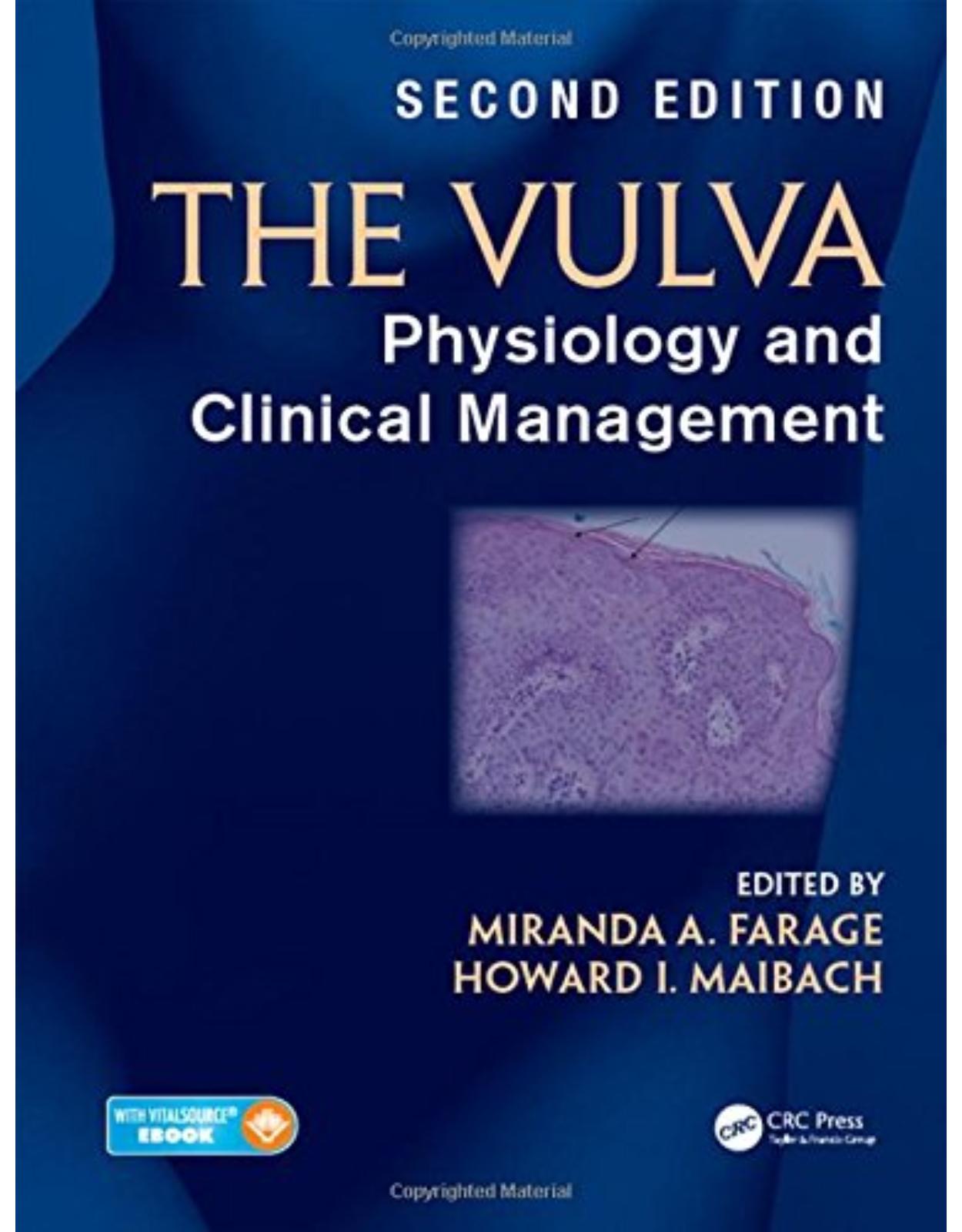
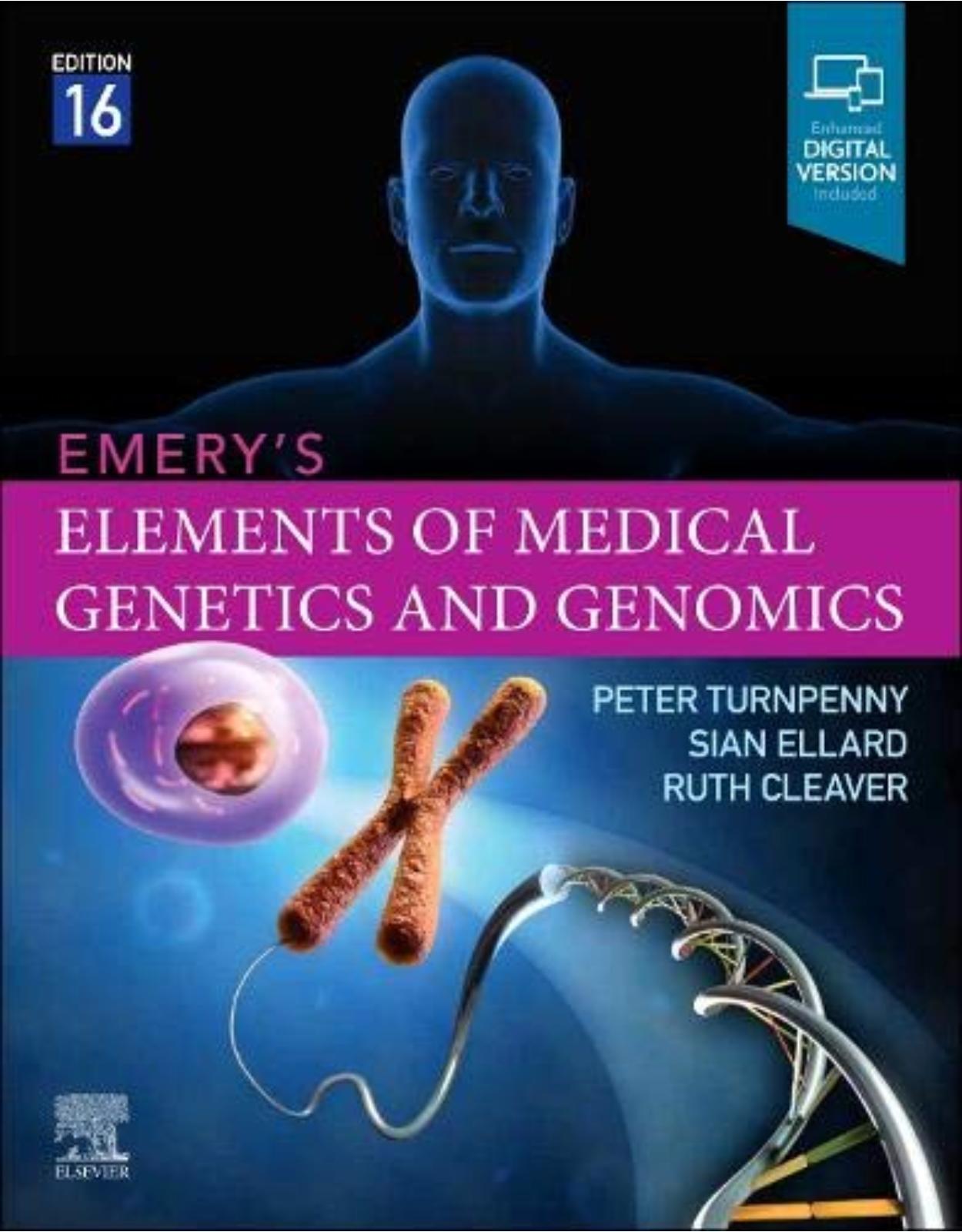
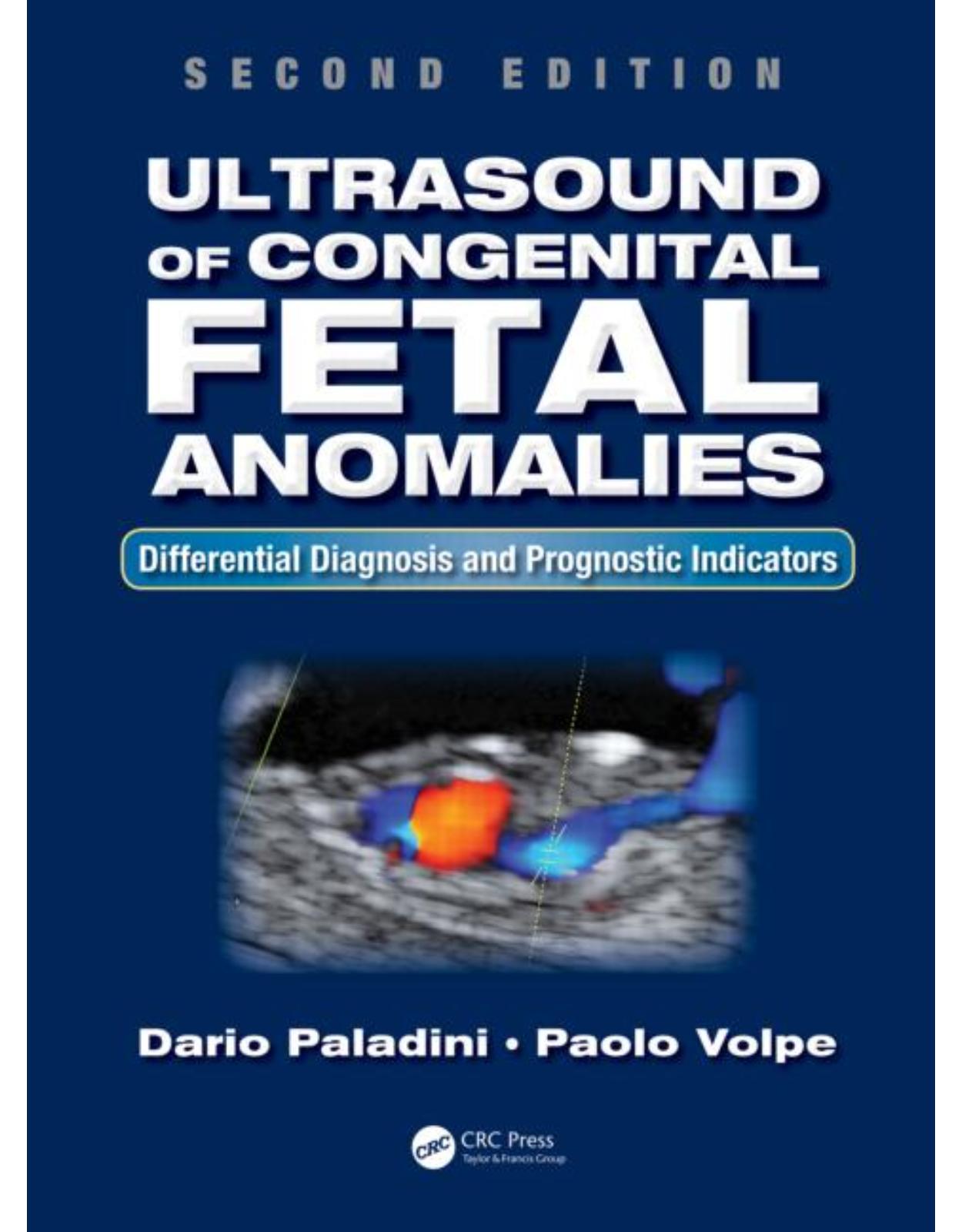
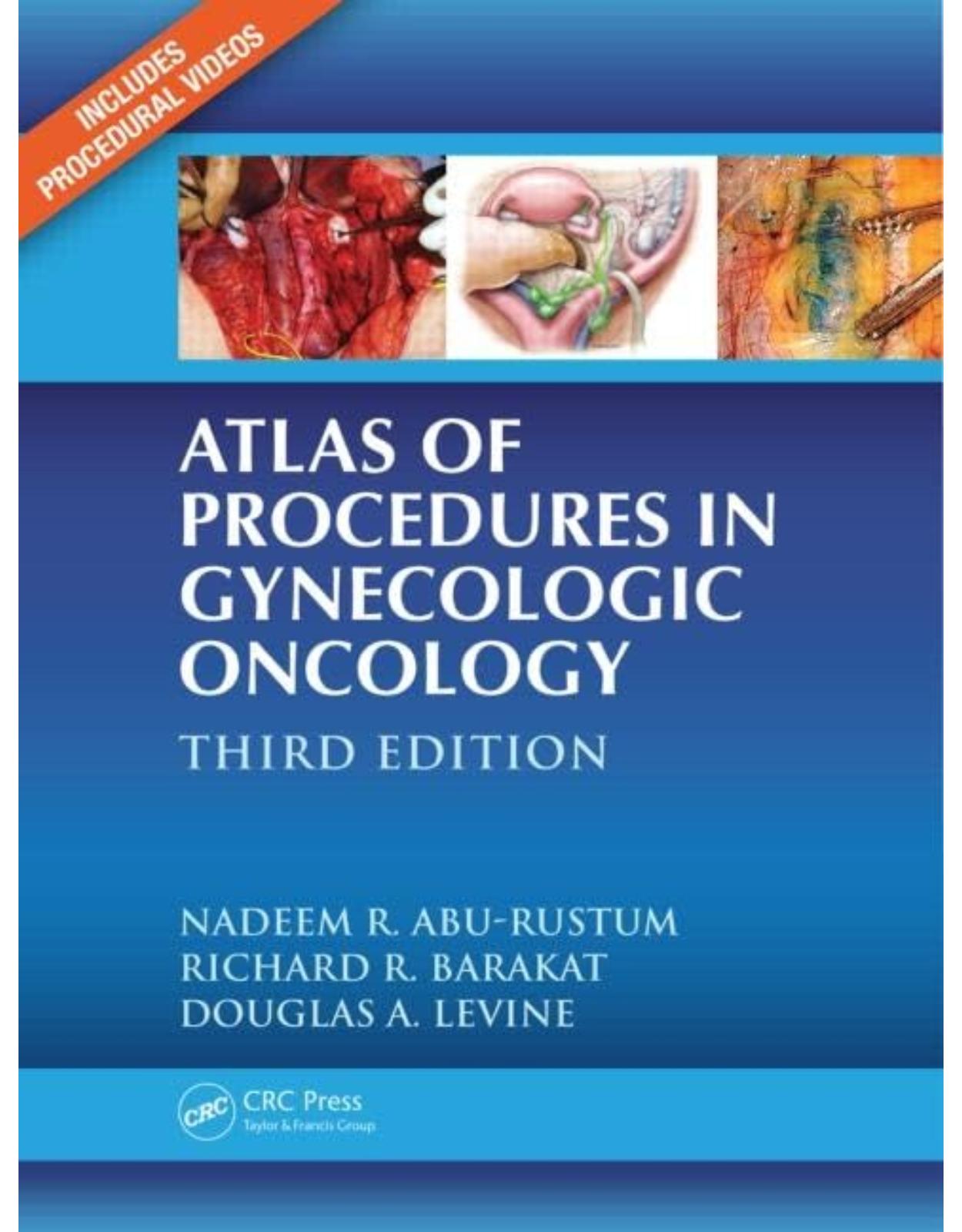
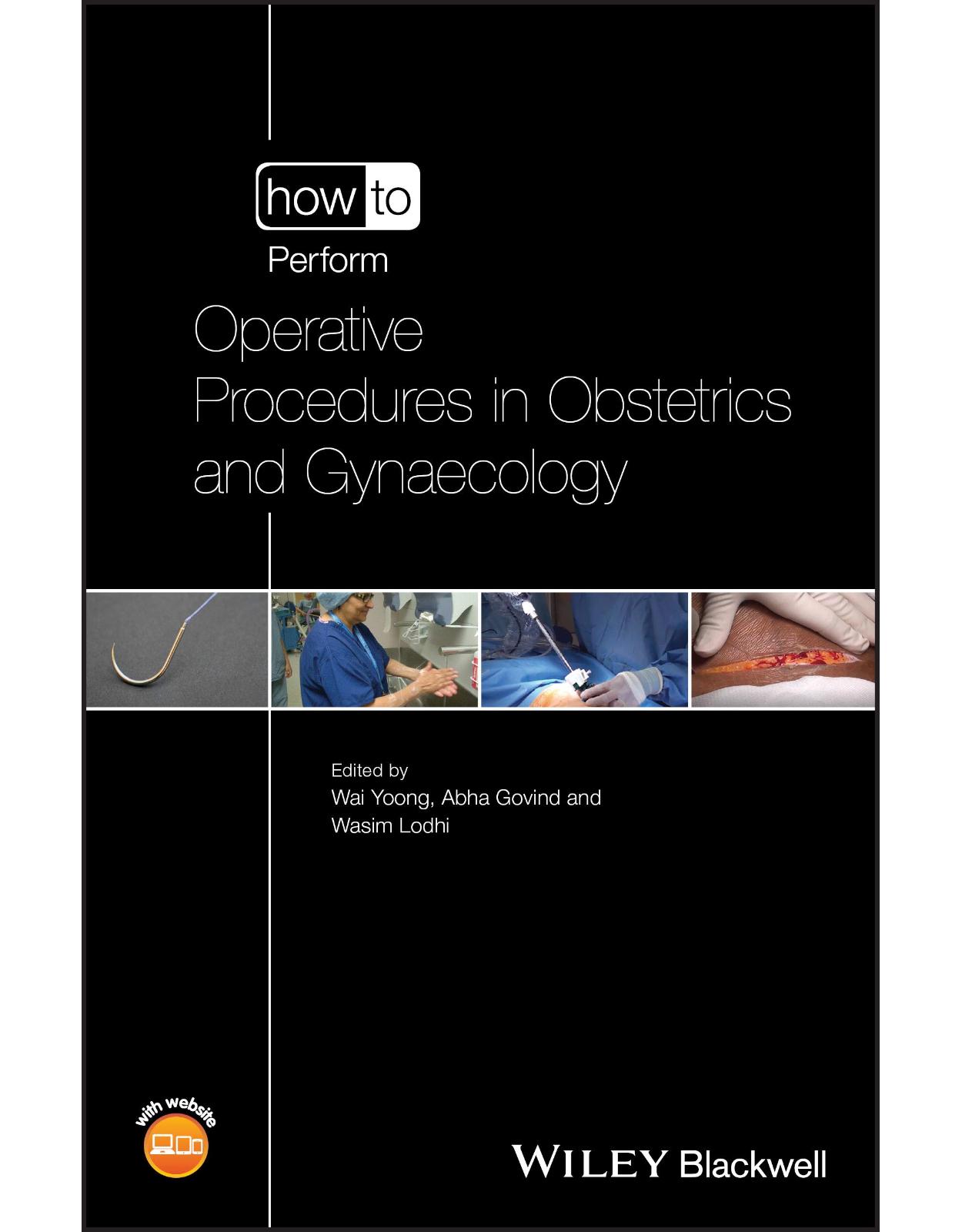
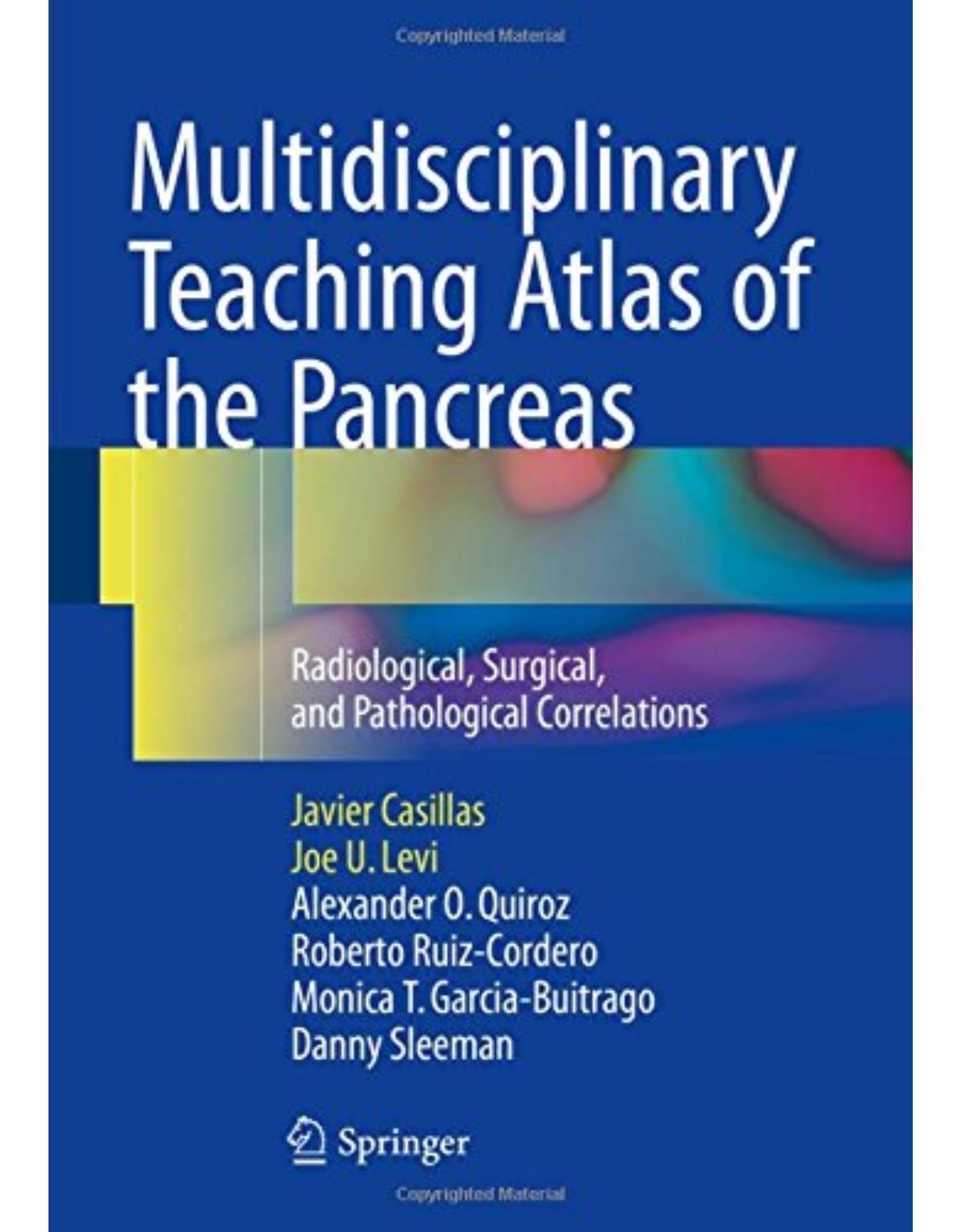

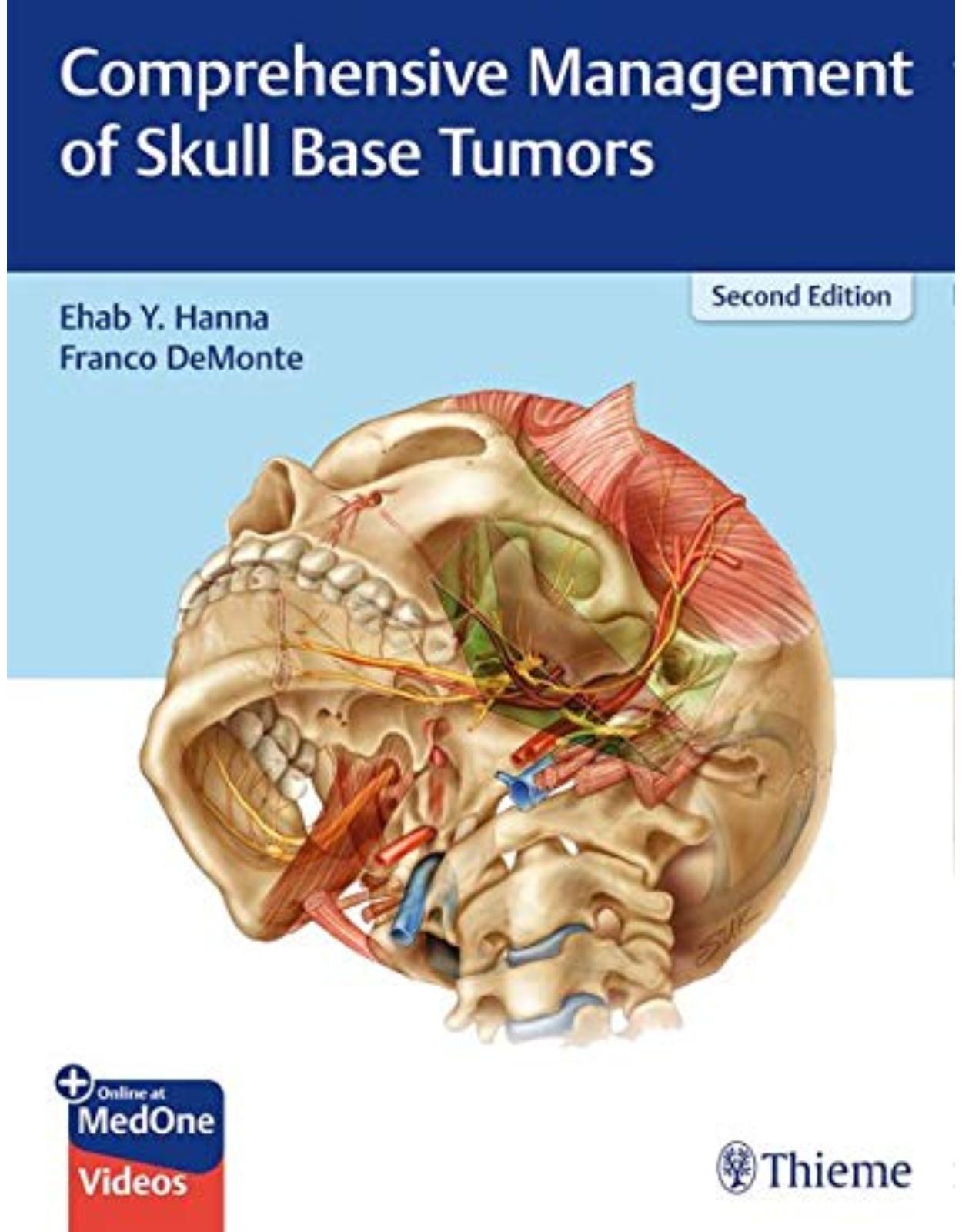
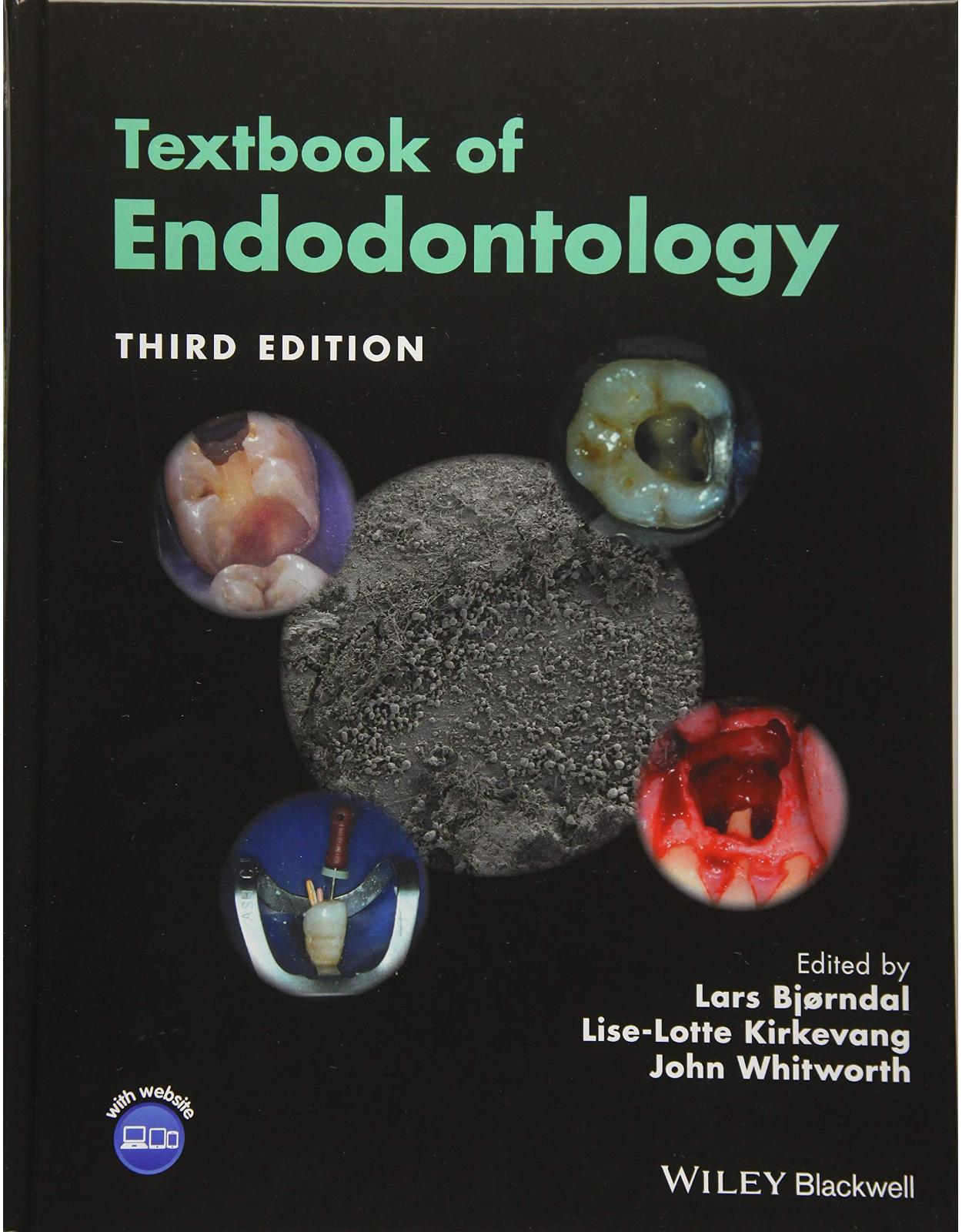
Clientii ebookshop.ro nu au adaugat inca opinii pentru acest produs. Fii primul care adauga o parere, folosind formularul de mai jos.